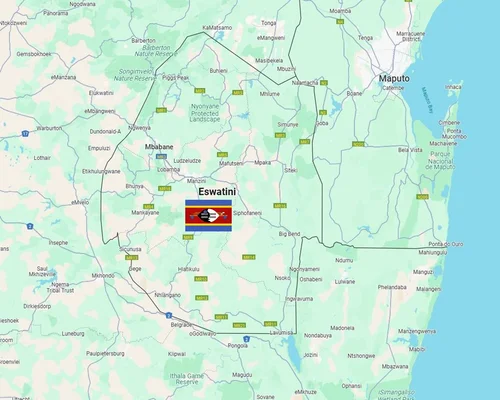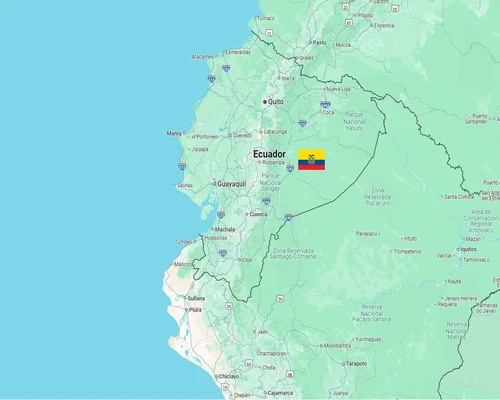
Facts about Bosnia and Herzegovina
Facts about Bosnia and Herzegovina
Bosnia and Herzegovina is a country in Southeastern Europe, known for its historical importance, cultural diversity, and natural beauty. It is located in the Balkan region and was part of the former Yugoslavia.
General information about Bosnia and Herzegovina:
Capital and largest city:
Sarajevo. It is known for its historical importance and cultural diversity.
Location:
Bosnia and Herzegovina is located in Southeastern Europe in the Balkan region. It is bordered by Croatia to the north and west, Serbia to the east, and Montenegro to the southeast.
Land:
The country is divided into two main regions: Bosnia, which is a mountainous region in the north, and Herzegovina, which is a flat region in the south.
Government:
It is a federal parliamentary democracy.
The country consists of two autonomous regions:
The Federation of Bosnia and Herzegovina.
Republika Srpska.
Separate administrative region: Brcko District.
Population and language:
Population:
About 3.5 million (as of 2024).
Languages:
Three main languages spoken: Bosnian, Croatian, and Serbian.
Religion:
Islam: The majority of the population is Muslim.
Christianity: Significant numbers of Orthodox Christians and Catholics.
Historical background:
Middle Ages:
Bosnia and Herzegovina was an independent state in the 12th and 13th centuries.
Ottoman rule:
From the 15th century to 1878, it was under the Ottoman Empire.
Austro-Hungarian rule:
From 1878 to 1918, it was the ruler of the region.
Yugoslavia:
From 1918 to 1992, the country was part of Yugoslavia.
Independence and civil war:
Bosnia and Herzegovina declared independence in 1992.
The civil war began shortly after, ending in 1995 with the Dayton Accords.
Economy:
Main sectors:
Agriculture, tourism, and natural resources (coal, iron, and timber).
Manufacturing, especially textiles and the automotive industry, is also important.
Currency:
Bosnian Convertible Mark (BAM).
Culture and Heritage:
Cultural Diversity:
The country is a rich blend of Islamic, Catholic, and Orthodox cultures.
Bosnia is famous for its traditional architecture, folk songs, and dances.
Festivals:
Sarajevo Film Festival: An internationally renowned festival.
Various religious festivals are celebrated here as well.
Food:
Popular dishes include Cevapi, pita, and baklava.
Tourist Attractions:
Mostar Bridge (Stari Most):
A UNESCO World Heritage Site and one of the country symbols.
Sarajevo:
A historic city, with a mix of Islamic and European architecture.
The city is known as the "Jerusalem of Europe".
Blagaz Teki:
A beautiful Sufi monastery, located on the Buna River.
National Parks:
Sutjeska National Park: The oldest national park in the country.
Visgrad Bridge:
A monument of Ottoman architecture.
Special Facts:
Highest Peak:
Maglic: This is the highest mountain in the country, with an elevation of 2,386 meters.
Rivers and Lakes:
The country is famous for its rivers and lakes.
Especially the Neretva River and Lake Jablanica.
Conclusion:
Bosnia and Herzegovina is a country rich in historical and cultural heritage, known for its diverse geography and multifaceted culture. It is an ideal destination for tourism, history and natural beauty.



























